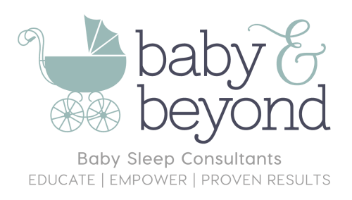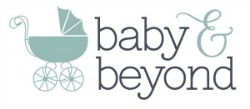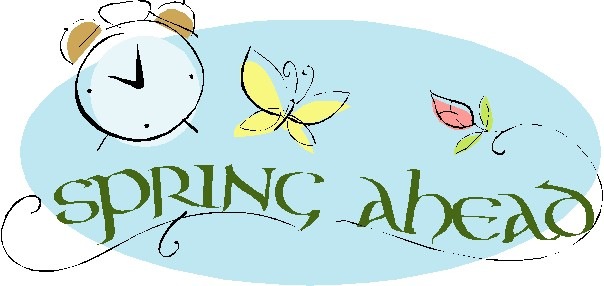Daylight Saving commences on the last Sunday in September, when 2.00 am becomes 3.00 am. It ends on the first Sunday in April, when 3.00 am becomes 2.00 am.
The start of daylight savings means that longer days and the warmth of summer are not too far away, but how do you get your kids ready for when the clocks go forward an hour?
In New Zealand, daylight savings starts at 2 am on the last Sunday in September. Clocks go forward by 1 hour, which means we all lose an hour’s sleep and children start going to bed an hour later. They are also more likely to wake up an hour later! This may seem like a great recipe for a lie-in, but it isn’t helpful if you’re rushing to work, need to drop them off at childcare or have other places you need to be.
As we ‘spring forward’ with the start of daylight savings, mornings will become brighter and evenings lighter and with any kind of sleep transition, your little one may give you battles at bedtime and earlier wake up calls in the morning. Children’s body clocks can take a while to reset to the ‘new’ time as their daily rhythms are regulated by when they sleep and eat.
New-born babies are usually not affected by the start or finish of daylight savings, but older babies and toddlers can be affected for a week or two and you may have an overtired little one on your hands as a result.
Here are some tips to help you adjust:
Gradual Changes
About a week before daylight savings starts, or as soon as you can, begin to adjust your little one’s nap times, mealtimes and bedtime routine by 10 minutes each day. Continue to do this until you have progressively adjusted their routine to an hour later than usual. It’s only a small amount of time each day and if you do it gradually, they will barely notice.
Below is a guide based on a 7 pm bed time.
Black Out – Control the Light
Melatonin is a hormone that helps regulate your body’s internal circadian clock. It increases in the evening as it becomes dark which helps induce sleep and shuts down when it’s light out, which can then increase wakefulness and alertness.
A child’s body clock is set by light and dark patterns.
If your little one struggles to sleep whilst it’s light outside in the evening or when the sun rises in the morning, try making their room darker with blackout blinds or by hanging thicker, darker or lined curtains, or by hanging a dark blanket in front of their existing curtains.
Start the process of blacking out the room well before they go off to bed.
Toddlers
Your toddler may not be able to tell the time yet, but you can set an alarm clock to go off for when they need to go to bed and when they need to wake up to help make it easier for them to understand and follow the new schedule.
Sleep trainer clocks can be a useful source also, but they will need to have the understanding if it is going to work.
A few days before daylight saving starts, get your child into bed a little earlier each night – they may not actually go to sleep until the regular bedtime but by getting to bed earlier you are encouraging the body (and mind!) to relax a little earlier than usual and this will lead to falling asleep earlier too – it just might take a couple of nights.
Be Flexible
A time change always makes the days feel a little strange, even to adults who can understand what’s going on. Keep your little one’s daily routines in place as much as you can, but be prepared to go with the flow and for things to not go to plan for a couple of weeks.
If things don’t go smoothly or to plan, Baby & Beyond – Baby Sleep Consultants will get you in a routine you can trust and depend on. By looking at the whole picture we will come up with the best possible solution:
0274461731 | info@babyandbeyond.co.nz



